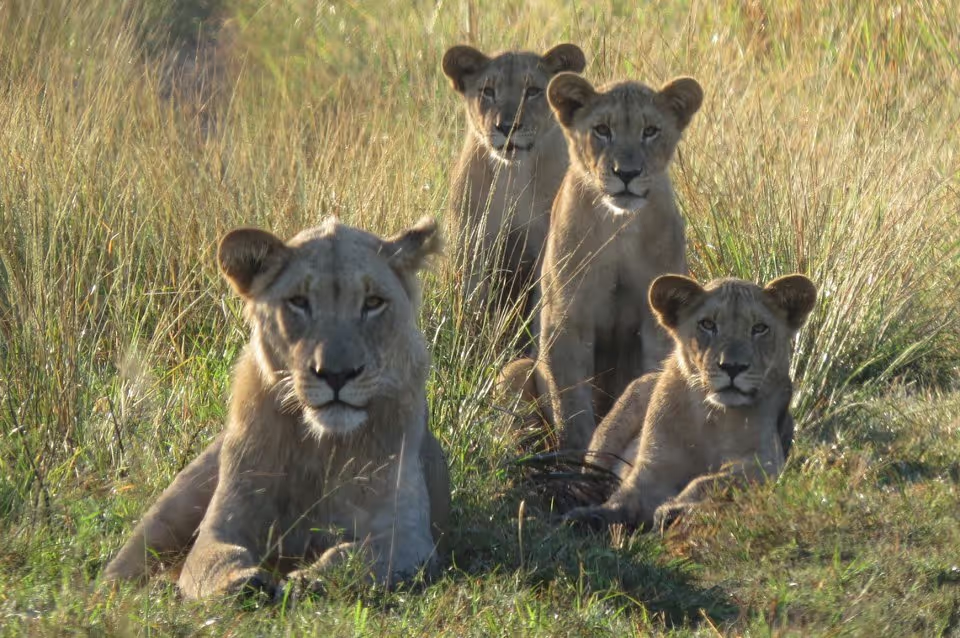There aren’t many sounds that can compare to the powerful Lion roar!
Wildlife ACT Priority Species Monitor at Tembe Elephant Park, Kayleigh Webber, describes it below:
“To experience a Lion roaring in close proximity to you, is not something one can simply describe. It is as much about the sheer volume and power of the roar, as it is about the feelings it evokes within you. A mixture of awe, fear and excitement.”
“Once a Lion roar is heard, an addiction to capture the feeling and sound is almost certain to follow, well at least it is in my case. Unfortunately, playing it back only provides a fraction of the experience, but the quest to accurately capture the raw (pun intended) and pure essence of these vocalisations continues.”
Lions have square-shaped vocal cords that are thought to help stabilise the larynx, while easily stretching and compressing. This allows them to be more efficient and effective in generating a noise that is equivalent to standing 10 metres from a jet engine.
Yet, very little volume of air is expelled from the lungs while the tremendous sound is made.
Other big cat species like Cheetah have more triangular shaped vocal cords and therefore aren't able to roar.
Watch the video below with the sound up, to experience the sound of a male Lion roar of a Lion first-hand:
Tembe Elephant Park Lions
Back in 2002, four Lions (two males and two female) were reintroduced into Tembe Elephant Park. The two males lions were relocated from Madikwe Game Reserve and the two females were relocated from Pilanesberg National Park. The males were unrelated to in order to maximize the genetic diversity being introduced into the Park and to prevent inbreeding. To date, there are over 35 lions on the reserve.

Conservation Work at Tembe Elephant Park
Wildlife ACT’s conservation work on Tembe involves closely monitoring the Lion population. The Park itself is situated within the sand-veld ecological zone and consists mainly of closed woodland and secondary thicket formation. The zone falls within a transition area between tropical and sub-tropical forms and therefore is home to a great diversity of mammals, vegetation, as well as over 340 bird species.
Volunteer with Wildlife ACT and join us in the field to be a part of this exciting and important wildlife monitoring work.



.avif)







